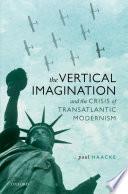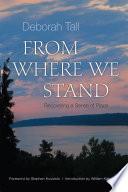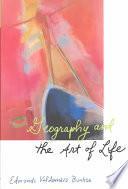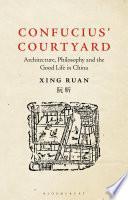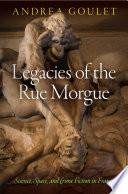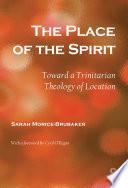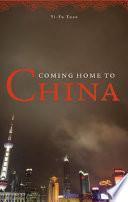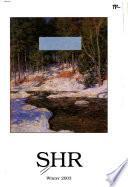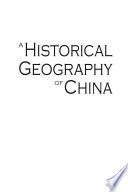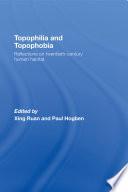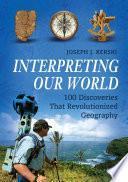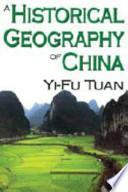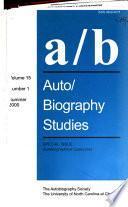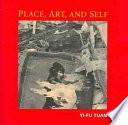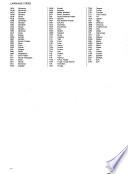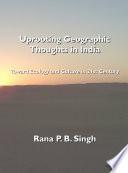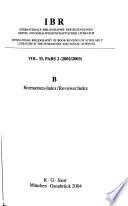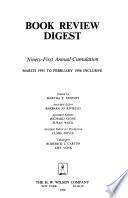
Key Thinkers on Space and Place
Author: Phil Hubbard , Rob Kitchin
Number of pages: 528In this latest edition of Key Thinkers on Space and Place, editors Phil Hubbard and Rob Kitchin provide us with a fully revised and updated text that highlights the work of over 65 key thinkers on space and place. Unique in its concept, the book is a comprehensive guide to the life and work of some of the key thinkers particularly influential in the current 'spatial turn' in the social sciences. Providing a synoptic overview of different ideas about the role of space and place in contemporary social, cultural, political and economic life, each portrait comprises: Biographical information and theoretical context. An explication of their contribution to spatial thinking. An overview of key advances and controversie. Guidance on further reading. With 14 additional chapters including entries on Saskia Sassen, Tim Ingold, Cindi Katz and John Urry, the book covers ideas ranging from humanism, Marxism, feminism and post-structuralism to queer-theory, post-colonialism, globalization and deconstruction, presenting a thorough look at diverse ways in which space and place has been theorized. An essential text for geographers, this now classic reference text is for all those interested in...

